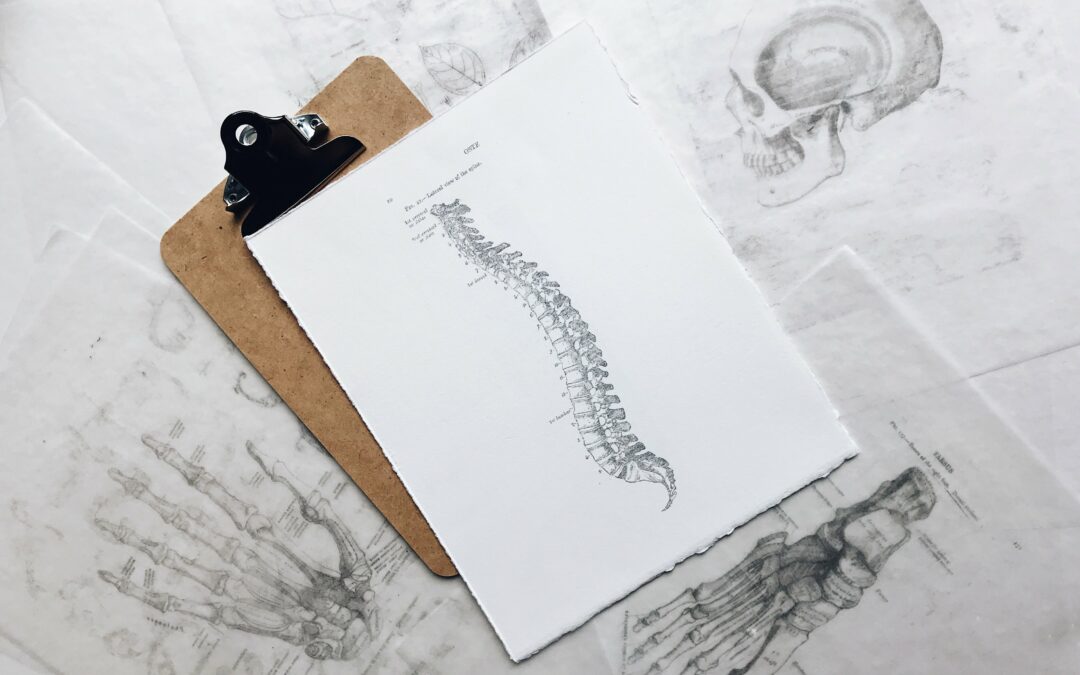Sciatica is a common back condition characterized by pain that starts from the lower back and travels down through the hip, buttocks, and leg. The pain can be debilitating and can severely limit a person’s ability to work or take care of themselves. According to an article published in the Harvard Medical School, as many as 40% of people will experience Sciatic pain in their life, and the risk of flare-ups increases with age.
A compressed sciatic nerve usually causes sciatica through a herniated disk, a bone spur, or a narrowing spine (spinal stenosis). While the pain can be severe, most cases of sciatica can be resolved through non-invasive procedures. Doctors may suggest surgery if the patient develops problems with their bowel or bladder, but this condition is considered rare.
Can a Chiropractor Alleviate Sciatica?
Chiropractors can employ a variety of techniques to relieve pain caused by a compressed sciatic nerve. Many patients prefer chiropractic care because it doesn’t use any kind of medication. The fact that the pain is caused by a bone pinching the sciatic nerve makes the condition right in a chiropractor’s wheelhouse.
Chiropractors may employ different techniques based on their experience and education. They can also choose to use one or a combination of these techniques to reduce the chance of recurrence.
To give you a better idea, here are four of the most common procedures that chiropractors may employ to alleviate Sciatica’s symptoms:
Adjustments
Also known as spinal manipulations, adjustments are at the core of Chiropractic care. Once your chiropractor confirms the pinched nerve’s exact location, they can adjust your spine and other movable bones to relieve the pressure that is causing the pain. Often, chiropractors perform these realignment procedures by hand and can be finished within a single session.
Ultrasound
While ultrasound is mostly known for its diagnostic imaging purposes, its frequencies can be manipulated to produce a mild heat in a targeted area. This heat stimulates blood circulation and can aid in calming muscle spasms, thereby alleviating stiffness, swelling, and pain.
Transcutaneous Electrical Nerve Stimulation (TENS)
TENS makes use of electrical currents at specific intensities to help relax the affected muscles and reduce spasms. Chiropractors achieve this using a TENS device, which can be a battery-powered portable box or a larger version that has more pads and current levels.
Exercises and Diet Changes
After working on the pain site, many chiropractors will also prescribe exercises and diet changes that should help reduce the chances of recurrence. The recommendations depend on a person’s age, any pre-existing conditions, and current lifestyle.
Certain lifestyle factors, like obesity, a sedentary lifestyle, or a job that requires a lot of heavy lifting, can all increase the likelihood of a herniated disk or a bone spur pinching the sciatic nerve. To give you a holistic path to recovery, your chiropractor will factor these considerations into account and develop dietary recommendations and exercises to suit your unique needs.
Conclusion
Chiropractors don’t just address pain; they use a holistic approach to ensuring that the problem doesn’t go back anytime soon. Whether it be through spine realignment or helpful exercises, a chiropractor will give you the care you need.
If you’re looking for a chiropractor in Kalamazoo, MI, then Go West Michigan Health has you covered. We provide help with various health conditions such as Colic, Migraines, Carpal Tunnel, and more. Contact us today to book an appointment!

